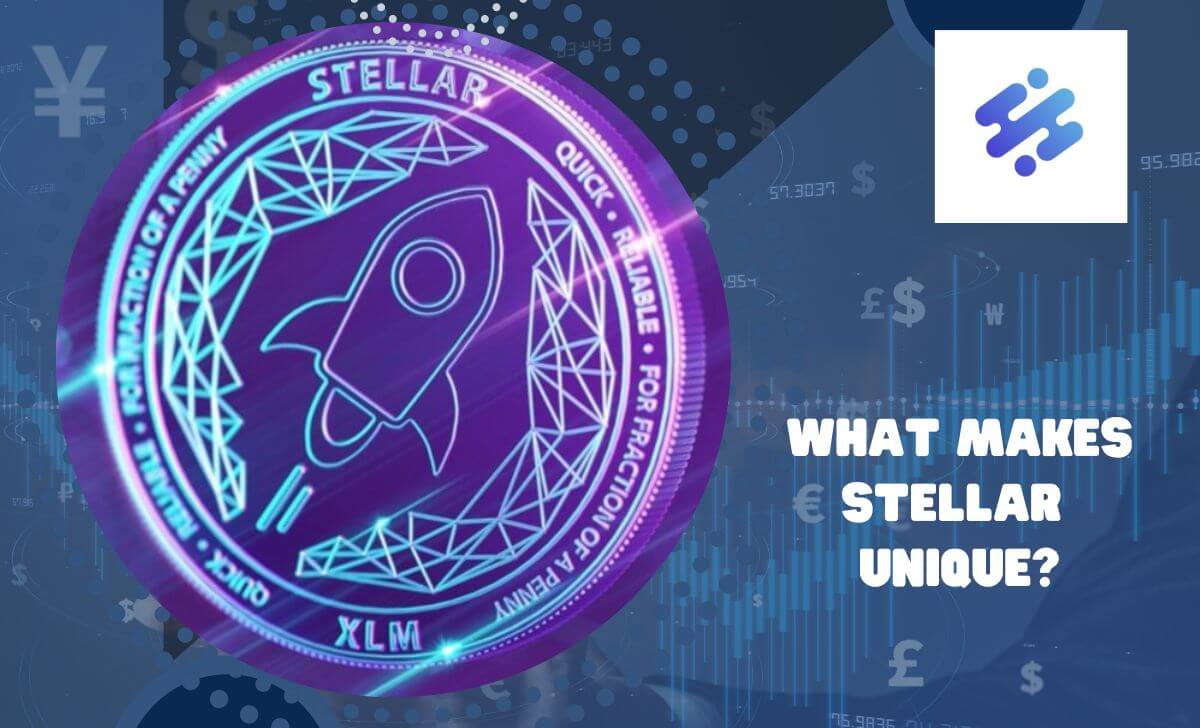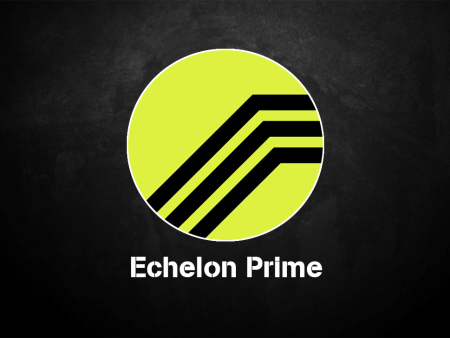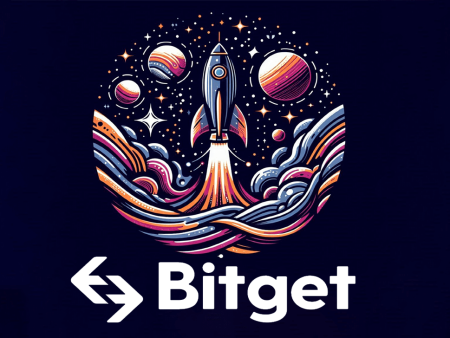Stellar is one of the early blockchain platforms that focuses on payments and other currency-related features like remittances, storage,…
This article from AZCoin will help you understand more about what Stellar is and how to earn, trade, and store Stellar Lumens XLM.
What is Stellar (XLM)?

In simple terms, Stellar is an open network that allows the movement and storage of money. Launched in July 2014, one of Stellar’s initial goals was to promote financial inclusion by reaching people around the world who do not use banking services, but later on, Stellar’s focus shifted to helping financial institutions connect with each other through blockchain technology.
The network’s native token, lumens, acts as a bridge to facilitate cross-border asset transactions at lower costs. All of this aims to challenge current payment service providers, which often charge high fees for similar services.
If all of this sounds familiar, it is worth noting that Stellar originally was based on the Ripple Labs Blockchain protocol, which was created as a result of a hard fork and the code was later rewritten.
How Stellar works
Stellar operates by using a ledger to keep track of ownership of accounts and crypto tokens on its network. It manages the ledger and handles transactions through its unique algorithm, the Stellar Consensus Protocol.
The ledger in Stellar records the balances of all accounts and their intended actions with their funds. For instance, an account may have 1,000 XLM and 100 US dollar tokens, along with a pending transaction to send 100 XLM to another account.
Every five seconds, all balances and transactions are shared with the entire network. Transactions are verified by nodes, which are computers running the core Stellar software. These nodes ensure that the correct amount is being transferred for each pending transaction.
Nodes exist globally, and individuals can turn their computer into a node by installing Stellar software. This allows their computer to participate in the consensus process.
Stellar’s setup enables it to process transactions swiftly, within five seconds. The transaction fee is very low, currently at 0.000001 XLM, which is a tiny fraction of a penny. Although the fee may increase during times of high network activity, it remains relatively inexpensive.
Similar Stellar projects

Here are some prominent blockchain platforms in the current market:
- Emerging around 2017-2018: NEO, EOS, VeChain,…
- Emerging around 2019-2020: Near, Terra, Avalanche,…
- Emerging around 2018 with improvements: Binance Smart Chain, Cosmos,…
Secure storage for XLM on the Stellar Exchange
XLM storage wallet
Some wallets support the Stellar platform for storing XLM, such as hardware wallets like Ledger Nano S, Ledger Nano X, and Trezor.
XLM exchange
You can buy XLM coins on exchanges like Binance, Coinbase, Bithumb, Huobi, Kucoin, and many others. For easier decision-making, you can check the reviews on the best crypto exchanges 2024 page.
What makes Stellar unique?

The cost of cross-border payments is a significant factor influencing many individuals. High fees associated with fiat currency payment solutions, such as PayPal, are prevalent. Additionally, transaction fees on Bitcoin and Ethereum blockchains have increased significantly due to congestion.
Stellar stands out because every transaction costs only 0.00001 XLM. With this cryptocurrency unit being worth just a few cents at the time of writing, it ensures that users keep more money.
Very few blockchain projects have successfully secured partnerships with major tech and financial companies. A few years ago, Stellar and IBM collaborated to introduce World Wire, a project allowing large financial institutions to send transactions to the Stellar network and transact using bridge assets like stablecoins.
While other blockchains have community funds, where grants can be given to projects to further develop the ecosystem, Stellar allows its users to vote on which project should receive this support.
Who founded Stellar?
Jed McCaleb co-founded Stellar with lawyer Joyce Kim after leaving Ripple in 2013 due to disagreements about the company’s future direction.
When explaining the purpose behind Stellar in September 2020, McCaleb told CoinMarketCap, “The original design of Stellar is for fiat currencies and other forms of value to work alongside each other and with cryptocurrency assets. This is crucial to drive adoption of this currency.”
McCaleb’s goal is to ensure that Stellar can provide everyone with a way to convert their fiat money into cryptocurrencies and eliminate the hassles people often face when sending money worldwide.
McCaleb currently serves as the CTO of Stellar and is a co-founder of the Stellar Development Foundation. This non-profit organization aims to “unlock the economic potential of the world by making money more fluid, markets more open, and people more empowered.”
How many Stellar XLM coins are currently in circulation?
A total of 100 billion XLM were issued when the Stellar network was launched in 2015 – but things have changed since then. Currently, the total supply is 50 billion XLM and the circulating supply is 20.7 billion.
In 2019, the Stellar Development Foundation announced that they had burned over half of this cryptocurrency’s supply. This means that the Stellar Development Foundation currently controls around 30 billion XLM. While some of this capital is allocated for marketing and supporting organizational development, about one-third is earmarked for investing in other blockchain projects.
The reason behind this aggressive move – and the promise not to burn more XLM in the future – is explained by the foundation as follows: “SDF can be leaner and do the work with fewer lumens… Those 55.5 billion lumens do not increase the rate at which users accept using Stellar.”
How does the Stellar network maintain its security?

The network is secured by the Stellar Consensus Protocol, which is described as having 4 main attributes “Decentralized control, low latency, flexible trust, and asymptotic security.”
Through SCP, anyone can participate in the consensus process and no single entity can dominate decision-making. Transactions are also confirmed cheaply and within a few seconds, with security measures in place to prevent malicious actors from joining the network.
Secure storage for XLM on the exchange XLM storage wallet
Some wallets support the Stellar platform for storing XLM, such as hardware wallets like Ledger Nano S, Ledger Nano X, Trezor.
XLM exchange You can buy XLM coins on exchanges like Binance, Coinbase, Bithumb, Huobi, Kucoin, and many others.
Conclusion
Hopefully, based on the information provided in the article by AZCoin, you can make your own assessment of the opportunities and risks before deciding to invest in Stellar XLM cryptocurrency. Remember to review the Evaluation Process page for additional safety measures before investing.

I am Tony Vu, living in California, USA. I am currently the co-founder of AZCoin company, with many years of experience in the cryptocurrency market, I hope to bring you useful information and knowledge about virtual currency investment.
Email: [email protected]











